I Absolutely Refuse to Delay My Retirement to Save My Spoiled Daughter and Her Son

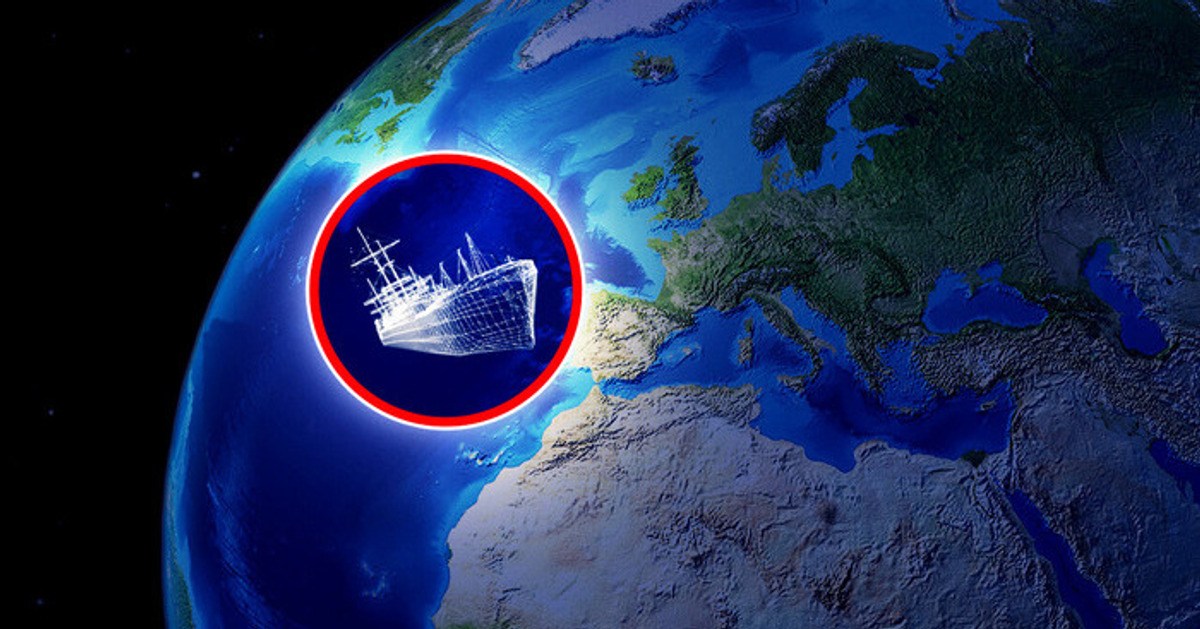
In 2015, an ROV [Remotely Operated Vehicle] descended into the depths of the Caribbean Sea. It belonged to Columbia, and it was searching for a long-lost treasure ship. At the depth of 9,000 feet, the operators could see their goal, a Spanish galleon [San José] that sank in 1708. The rumor has it that the ship was transporting 200 tons of treasure onboard. For more than three hundred years, no one knew its exact location. Yes, in the 21st century, we are still finding lost treasure ships.
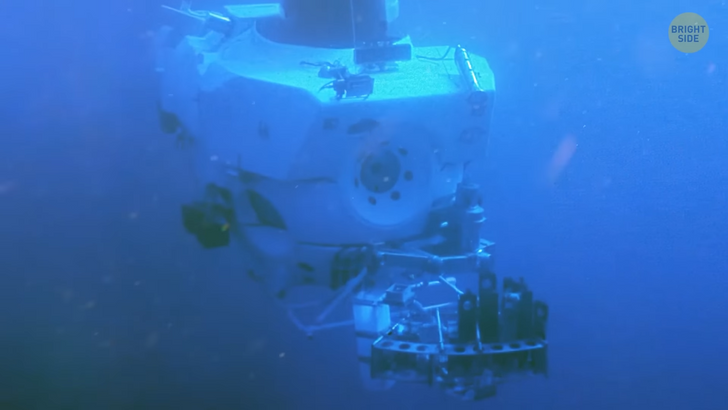
According to UNESCO, there are three million undiscovered shipwrecks in Earth’s oceans, lakes, and rivers. But not all of them are treasure ships. Some have historical value, like the famous Titanic. Others fascinate historians because of their location. Could you imagine a shipwreck in the cornfields of Kansas? That’s where a steamboat [Arabia] sank in the mid-1800s. It once sailed on the mighty Missouri. But because of shifting sands, its wreck ended up half a mile from the river’s present channel. Well, at least the ship and its cargo were retrieved. It’s not always the story with other, more lucrative shipwrecks.
One of the oldest wrecks researchers still haven’t found is Flor de la Mar. That’s Portuguese for The Flower of the Sea. It went under the waves in 1511, somewhere near the island of Sumatra in present-day Indonesia. The vessel belonged to Portugal. It was a carrack. These ocean-going ships were ideal for the high seas. The Portuguese carrack operated on the route from Europe to India. On its last voyage, it set sail from Malacca in what is today Malaysia. But a storm prevented it from going further.
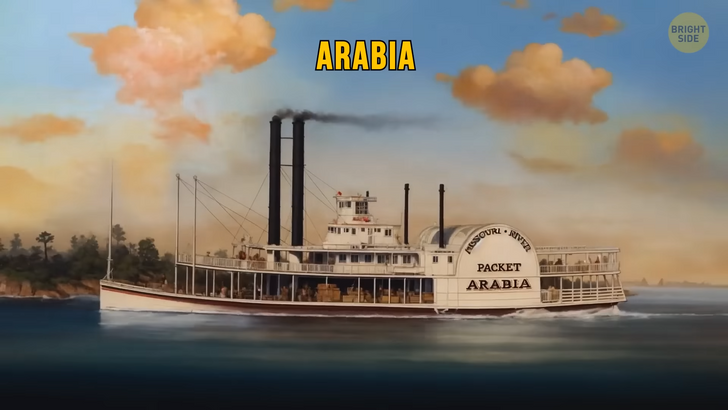
Most of the ship’s 400 crew members perished. But what happened to the treasure Flor de Mar was hauling? After all, this was one of the largest treasures ever assembled by the Portuguese. Estimates put the booty at more than $2 billion in today’s money. Some say that the ship’s owners recovered much of the gold, silver, and copper coins. Other sources say that the treasure ended up in the sediment on the seafloor. Whatever was the case, it’s unlikely that someone will make a fortune from it. The ship’s history means that at least three world countries lay claim to it [Indonesia, Malaysia, Portugal]. Renting a salvage ship isn’t cheap these days. The explorer who finds the ship would hardly break even. So, let’s maybe look for other wrecks?
Merchant Royal, for example. Yes, it sounds like a game you would play on your phone, but this was a real ship. It was an English vessel that sank close to home. In 1641, the ship went to the bottom of the sea off the Isles of Scilly [Cornwall County, England]. It happened because of poor repair work. Its hull started leaking, and Merchant Royal simply took in too much seawater. And if that wasn’t enough, the ship’s kind captain offered to take extra cargo from another ship that burned. This extra weight meant that the vessel didn’t stand a chance to reach its destination [Antwerp, the Netherlands]. It was already laden with silver and gold. So much of it, that people named its wreck The El Dorado of the Sea.
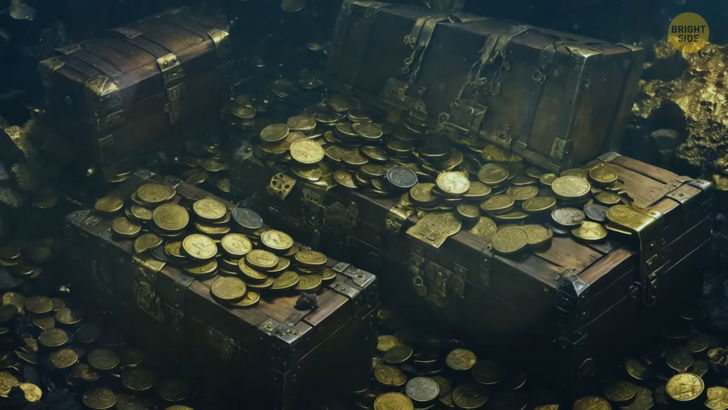
And then, in 2007, there was a real breakthrough. A private salvage company thought they had located the ship. But its haul disappointed them. It was just half the money they expected to see. It turned out that they found a different ship. A Spanish vessel that sank more than a century and a half after the English cargo ship. So, how much treasure did they originally expect to find? Over $1 million in today’s money.
Time for a short history quiz. Can you name Christopher Columbus’s three famous ships? Yes, there was Niña, then Pinta, and what was the third one? Santa María is the correct answer. And that was the only ship that never came back from the New World. The fleet’s flagship was twice the size of the other two. It ran aground somewhere in Hispaniola in 1492. Don’t worry if you’ve never heard of this land before. That’s modern-day Haiti.
An American explorer [Barry Clifford] thought he had discovered the fabled ship in 2014. But UNESCO experts quickly disproved him. The wreck had copper fasteners which were typical of late 17th and 18th-century ships. At the time of Columbus, shipbuilders used wood or iron to construct the hull. So, the search continues. But, in this case, money is not the main prize. The name of the explorer who finds Santa María would go down in history books. And that’s worth more than any cash reward.
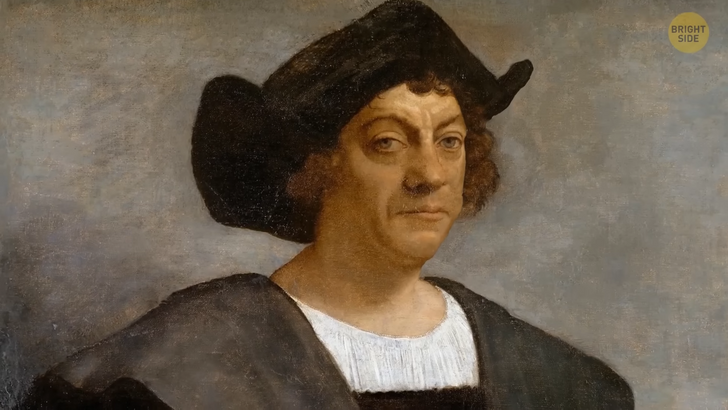
When a ship goes down, the first suspect is bad weather. In the North Atlantic Ocean, for example, waves can reach a height of 60 feet. But poor weather conditions aren’t always to blame. For instance, one of the most luxurious steamboats ever sank because it collided with another vessel. The SS Arctic ran into a French steamer off the coast of Newfoundland [Canada] in 1854. This happened near the place where the Titanic would sink decades later. Both sinkings occurred on the same shipping route.
The Arctic was an impressive ship. It could cross from America to Europe in just 10 days. That was the 19th-century equivalent of a jetliner today. But its end wasn’t that glorious. The press on both sides of the Atlantic wrote about the behavior of the ship’s crew. They were the first to jump into the lifeboats, leaving the passengers to fend for themselves. And there weren’t enough lifeboats for everyone to start with. The scene from James Cameron’s 1997 movie [Titanic] comes to mind. The wreckage of the Arctic sits today at the bottom of the ocean. Its exact location is still unknown.
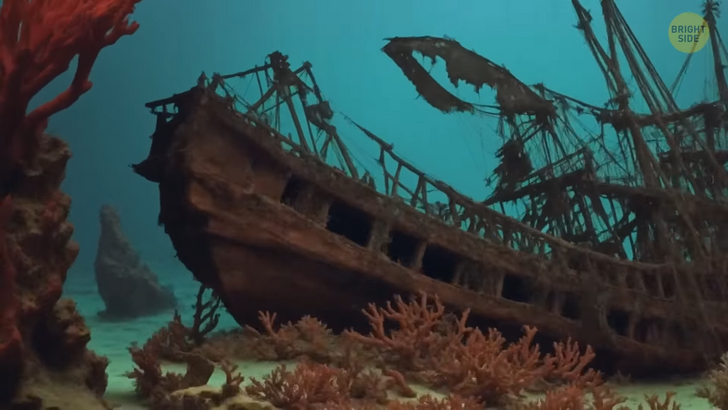
Australia had an unsinkable ship as well. And yes, it eventually sank. The SS Waratah completed its maiden voyage from London to Sydney in 1908. A year later, the British passenger ship was sailing back to Australia. But there were problems. The vessel was overweighed and fires kept breaking out aboard. Not the ideal conditions to sail along the coast of South Africa. This section of coastline is littered with shipwrecks; some three thousand of them. Sadly, Waratah became part of this bleak statistics. It disappeared somewhere between Durban and Cape Town.
The ship sailed into a hurricane, and no one saw it ever again. This is one of the most mysterious disappearances at sea ever. Researchers named the Waratah Australia’s Titanic and The Lost Ship of South Africa. The only way to know what happened to 200 people aboard is to find the wreck. And it’s not like people haven’t tried. During the 1980s, six expeditions attempted to locate the shipwreck. They all came back empty. One researcher openly admitted that after 22 years of searching for the ship, he had no idea where it was.
Earth’s oceans aren’t the only treacherous bodies of water. Take the example of a French vessel that sank in a lake. The ship’s name was The Griffon [Le Griffon]. This was the largest ship that sailed up the Great Lakes between the United States and Canada. In August of 1679, it landed on an island in Lake Michigan. The ship and its crew were on a trading mission with Native Americans. After loading animal pelts, they set sail to Green Bay. NFL fans will know where this city is. But the vessel was caught up in a storm and never reached its destination.
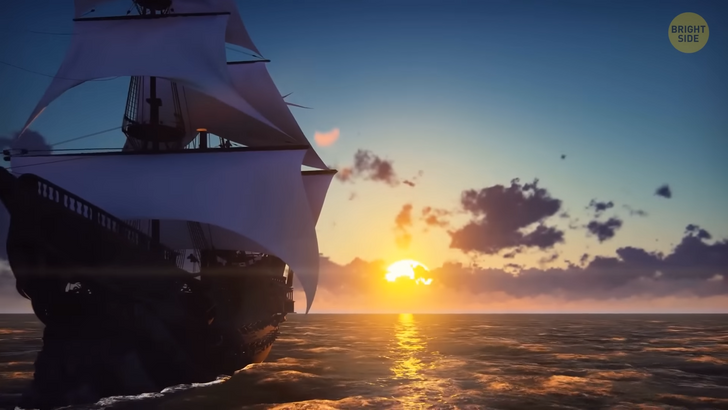
This is where the mysterious part of the story begins. You would think that it was easy to find a shipwreck at the bottom of a lake. The average depth of Lake Michigan is close to 280 feet. Compare that to the average depth of our planet’s oceans of twelve thousand feet. Despite these numbers, no one has been able to locate the wreck for more than 300 years. The Griffon had become the white whale for local shipwreck hunters. A local diver and his wife came forward in 2018, claiming they have found the remains of the elusive ship next to Poverty Island. A great place for a rich find, don’t you think so? But experts in the field still haven’t confirmed the couple’s claim.











